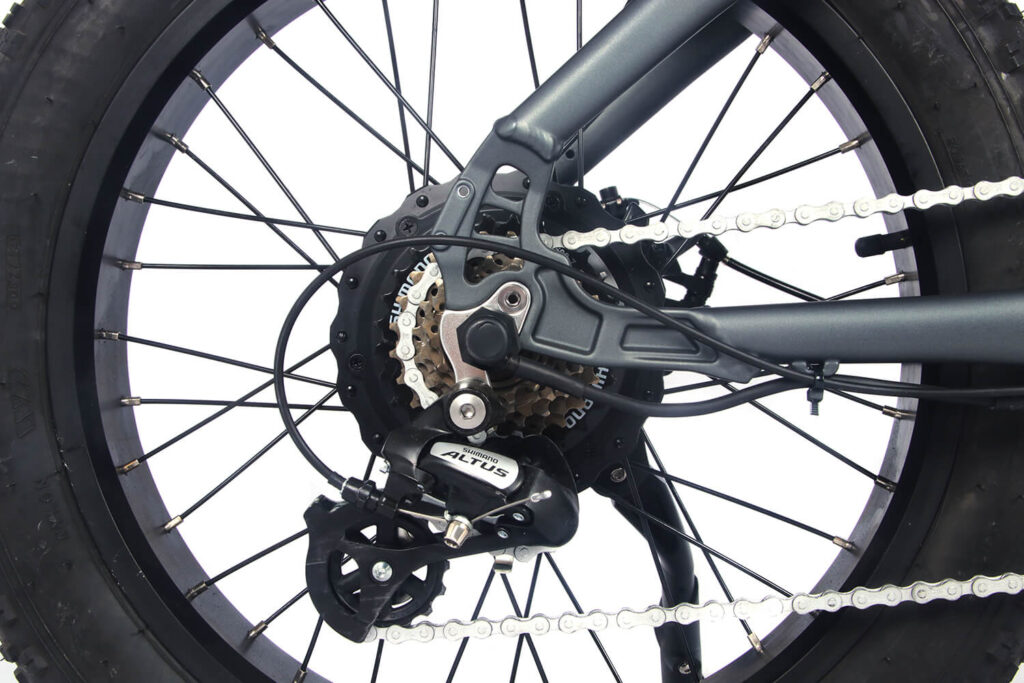Customizing an electric bicycle can be a fun and rewarding process, but it can also be a complex one. One crucial aspect that needs to be carefully considered is the size of the chainwheel. This is because the right chainwheel size can significantly impact the efficiency and effectiveness of power transmission. There are several factors to take into account when selecting the appropriate chainwheel size, including the chain length, the gear ratio, the number of teeth, and the operating conditions.
First and foremost, it’s essential to choose a chainwheel size that matches the length of the chain. If the chain is too short or too long, it can cause excessive wear and tear on the components, leading to decreased efficiency and eventually a malfunction. An optimal chain length should have a little slack when the drivetrain is at its tightest configuration, ensuring that it can accommodate all possible gear ratios.
Next, the gear ratio, which is the ratio of the size of the front chainwheel to the size of the rear sprocket, must be considered. Electric bicycles often have a wide range of gear ratios to accommodate various terrains and rider preferences. The gear ratio determines the speed of the bicycle and the torque needed to overcome various obstacles. A lower gear ratio provides more torque, making it suitable for steep hills, while a higher gear ratio allows for greater speed on flatter terrains.
Additionally, the number of teeth on the chainwheel is another crucial consideration. A chainwheel with more teeth produces greater torque, making it ideal for more challenging terrains. However, it also results in lower top speed, making it less suitable for flat courses. Conversely, a chainwheel with fewer teeth delivers higher speed but low torque, so it’s better suited for level terrains.
Lastly, the operating conditions must also be factored in when choosing the chainwheel size. Considerations like the rider’s weight, terrain, and intended use all affect the necessary chainwheel size. For instance, a heavier rider may need a larger chainwheel to provide more torque, while a rider who wants to go on long-distance rides may opt for a smaller chainwheel for faster and smoother riding.
In conclusion, selecting the appropriate chainwheel size involves a comprehensive understanding of various factors, including chain length, gear ratio, number of teeth, and operating conditions. By considering all these factors, one can select the best chainwheel size that will effectively transfer power from the pedals to the rear wheel, resulting in the optimal customized electric bicycle experience.

